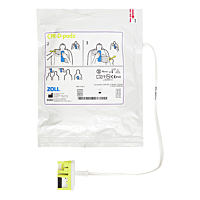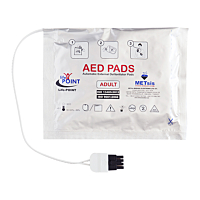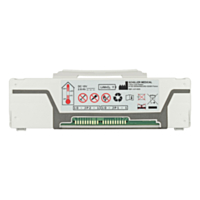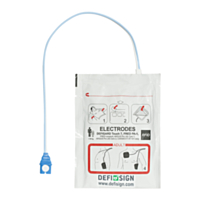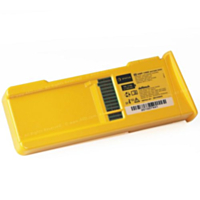My AED has been used, what should I do now? - Practical help
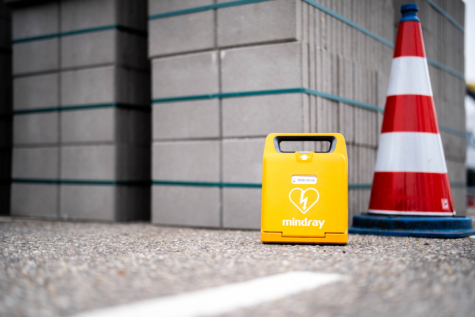
When your AED has been used (deployed), there are a number of things you need to take care of before it is ready for use again. In this blog, we explain what you need to do to make your AED ready for use again after a deployment. Of course, we hope that by using your AED, a life has been saved!
Step 1: Temporarily de-register the AED
If your AED is publicly or privately registered as active with an organization or on a website, you should first temporarily de-register your AED, whilst you carry out the necessary steps to ensure your AED is back in use. This will avoid any time wasted if there is another incident and somebody comes to collect your non-working AED, they can instead make their way directly to the nearest available working AED.
Step 2: Read the event data from your AED
During CPR, data is stored on the AED that may be important for the victim's attending physician. In some cases, the hospital will want to receive this report from the AED. Retrieving the event data from the AED is done via a computer. Simply connect your AED with a cable or insert the SD card from the AED. Special software is sometimes required to read the data from the AED, in this case Medisol can retrieve the data from your AED after deployment and send the report to you digitally. Please contact us if you need any help getting the data from your AED!
Step 3: Replace the electrodes and if necessary the batteries of your AED
Each time your AED has been deployed, you will need to replace the electrode pads and sometimes the battery. The electrodes of an AED are single use and always need to be replaced after deployment. The battery will sometimes also need to be replaced, depending upon the model of your AED or the battery level following the deployment. If multiple shocks have been given, the battery capacity may no longer be sufficient, after a self-test, the AED will indicate if the battery level is too low.
If you purchased your AED from Medisol and are not a healthcare provider, we will give you FREE replacement electrodes and when necessary batteries, following a deployment of your AED. In these cases, please contact us with the serial number of your AED, so we can locate your original order and the name of the ambulance service that attended the scene. We also request a brief non-personal summary of the event, we never share this information, as an independent supplier of AEDs, this information helps us to assess and monitor the effectiveness of the AEDs that we sell.
How to replace the electrode pads or battery is clearly explained in the user manual for your AED. All user-manuals can be found on our dedicated manual website: www.cprmanual.com. If you need any help or advice when replacing the parts, just reach out to us, we are always on hand to help.
Once the new electrode pads (and battery if necessary) have been installed, it is time to re-activate the status of your AED on any website or organization where your AED might be registered.
Step 4: Psychological care following a resuscitation
When your AED has been used, the chances are that you, bystanders or someone close to you has witnessed the resuscitation up close, or even resuscitated the victim or provided assistance. CPR can be a traumatic and emotional event and good aftercare is important. Talking about your experience can help with the coping process. Talk about your experience with family, friends, other civilian rescuers or others who were present at the resuscitation. For professional help, contact your doctor.
We hope that our step-by-step plan has helped you to quickly get your AED ready for use again. If you still have questions or doubts about whether you have performed any of the steps correctly, you can always contact one of our specialists. They will be happy to answer all of your questions.
